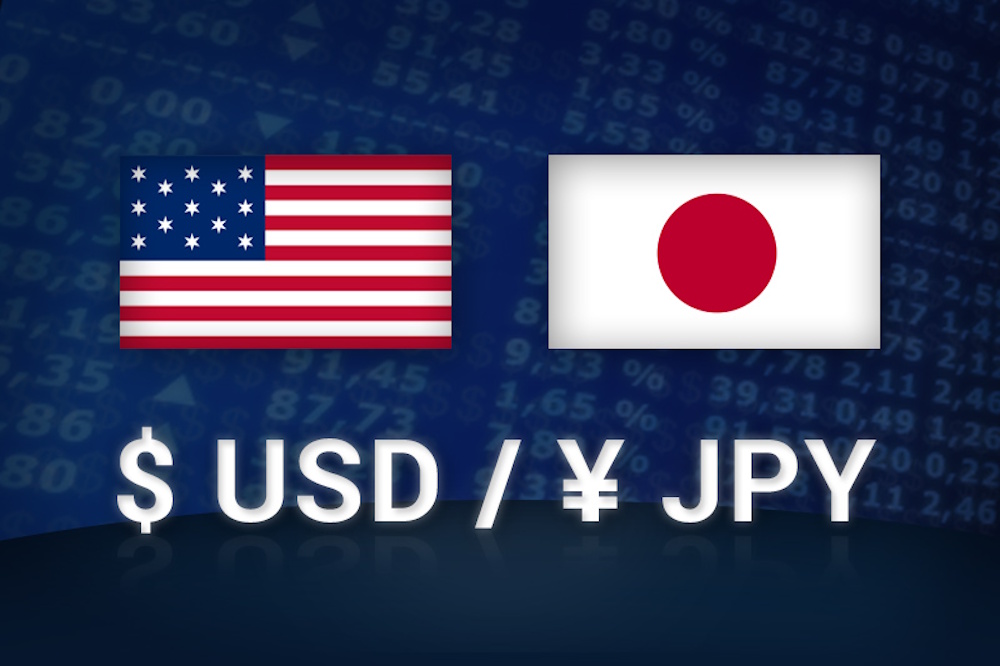The USD/JPY pair continued its upward trajectory, surpassing the 150.00 threshold and achieving a new two-month peak. This movement was influenced by political developments in Japan and persistent fiscal instability in the United States, which collectively altered investor sentiment in the global currency markets. The dollar appreciated by more than 300 pips since Friday’s close, following Sanae Takaichi’s win in Japan’s Liberal Democratic Party leadership election, which sparked expectations for extended monetary easing. Her policies, grounded in Abenomics-style stimulus, indicate a phase of assertive fiscal expansion and postponed tightening from the Bank of Japan . The recent political developments in Tokyo have significantly altered the trajectory of the yen. Takaichi’s position on rate hikes indicates that the BoJ may delay normalization until 2026, which would directly lead to a depreciation of the yen.
Market participants have referred to the recent movement as the “Takaichi Trade” — a strategic response to a weaker yen and increasing Japanese equity indices like the Nikkei 225, which surged by almost 1.7% after her victory. The diminishing expectations for a Bank of Japan rate hike in October have led to a decline in the yen’s previous safe-haven appeal, resulting in the USD/JPY pair reaching levels last observed in late August. Market data indicates that speculative long positions in USD/JPY have increased by 12% week-over-week, while Japanese Government Bond yields have decreased to 0.68%, reflecting diminished expectations of policy tightening. The pair’s rally above 150.00 sparked intervention discussions among Tokyo officials; however, the Ministry of Finance chose to remain silent — a move that traders interpreted as implicit endorsement of continued yen depreciation.
Japan’s domestic policy environment has undoubtedly contributed to the yen’s depreciation, whereas the dynamics behind the dollar’s strength are more intricate. The federal government shutdown in the U.S. has now reached its second week, as negotiations between Democrats and Republicans remain at a standstill. Former President Trump has issued a warning regarding potential large-scale layoffs in public services. Typically, such dysfunction would weigh on the greenback; however, the dollar index remained close to 95.46, bolstered by haven demand and Treasury yields stabilizing around 4.15%. However, the outlook for the U.S. currency remains tenuous. Market participants expect the Federal Reserve may initiate rate reductions as early as March 2026, incorporating approximately 75 basis points of easing into their forecasts for the upcoming year. The disparity between the Fed’s anticipated trajectory and the BoJ’s hesitance to respond continues to uphold the dollar’s short-term supremacy over the yen, even in the face of U.S. political stagnation. On the charts, USD/JPY has risen over 2% from last week’s low at 146.54, continuing its recovery from significant support marked by the March low and the 38.2% retracement of the April increase. The pair’s rise above the 50-day EMA at 149.30 indicates a breakout, with the subsequent resistance identified at the 100% Fibonacci extension of the April rally around 150.88 and a stronger barrier at the 61.8% retracement of the yearly range between 151.62 and 151.94.
Momentum indicators are currently exhibiting signs of being overstretched. The RSI is currently at 74, indicating overbought conditions, and the MACD histogram reveals a decrease in upside momentum — suggesting that the pair may consolidate around these levels before making another upward move. Short-term support is positioned between 148.65 and 148.84, coinciding with the overlap of the December low and May high. A daily close beneath 148.60 would negate the bullish sentiment, while consistent closes above 150.90 would pave the way for a challenge at 152.00 — a threshold previously supported by the Bank of Japan during its intervention in 2022.

